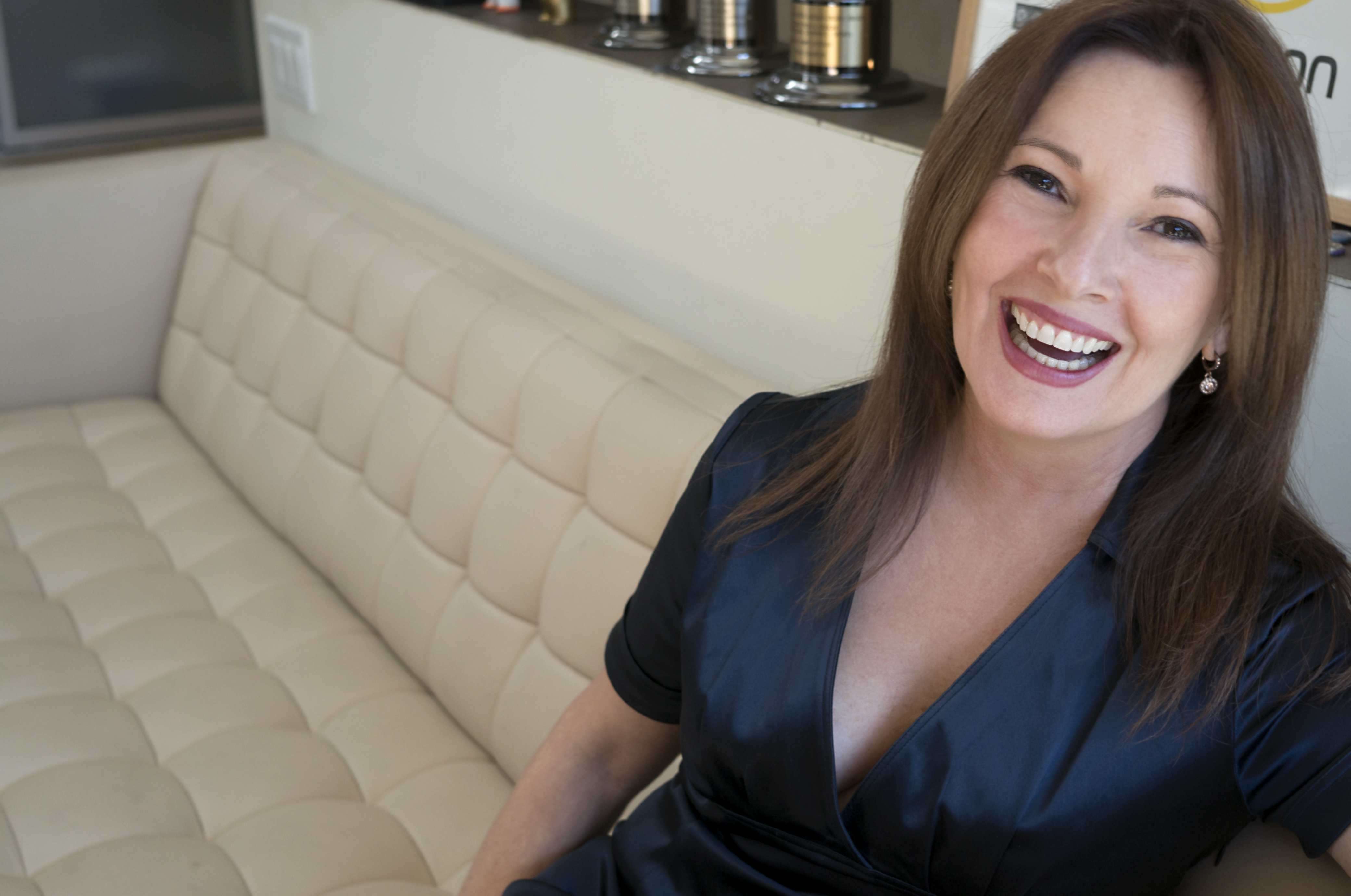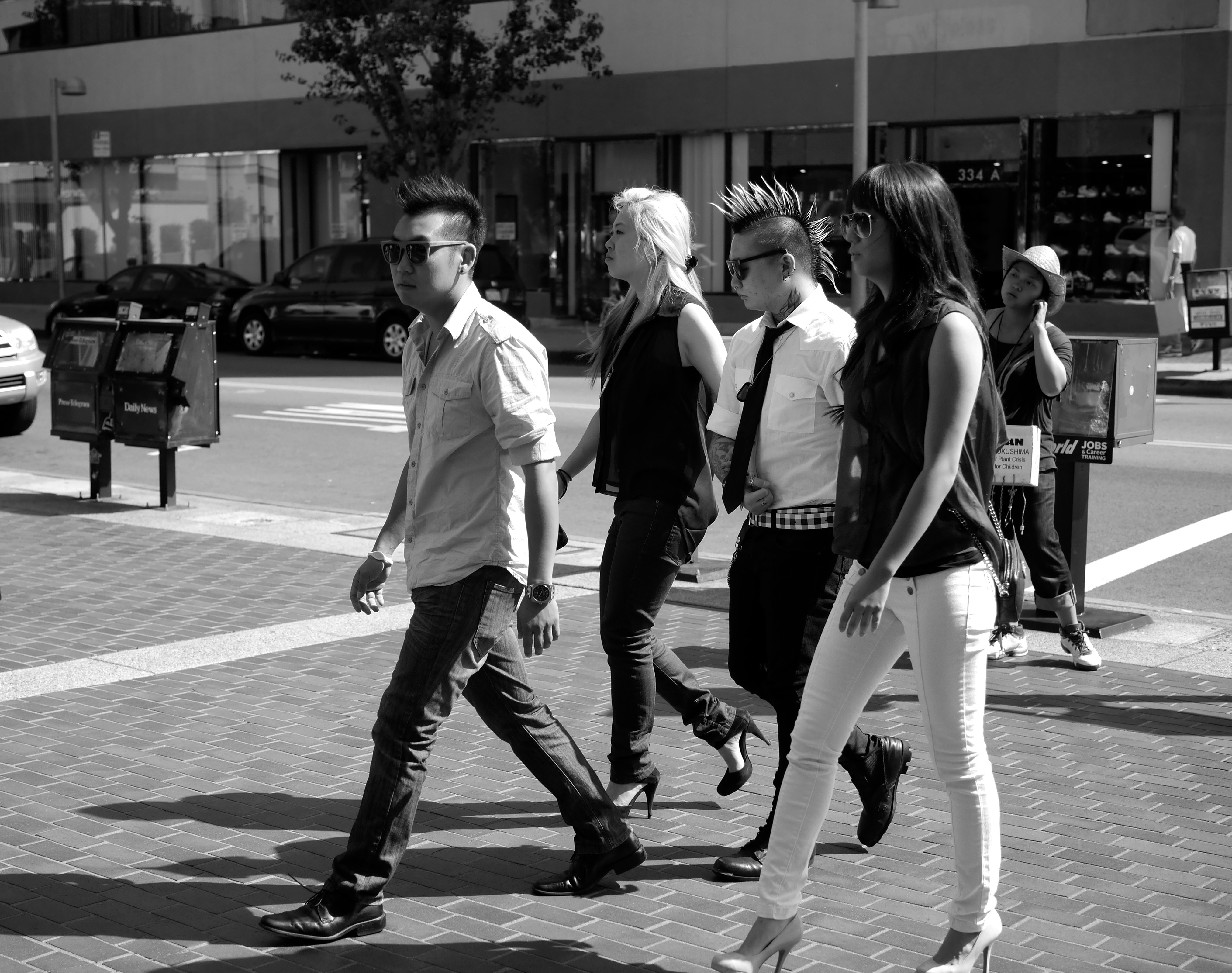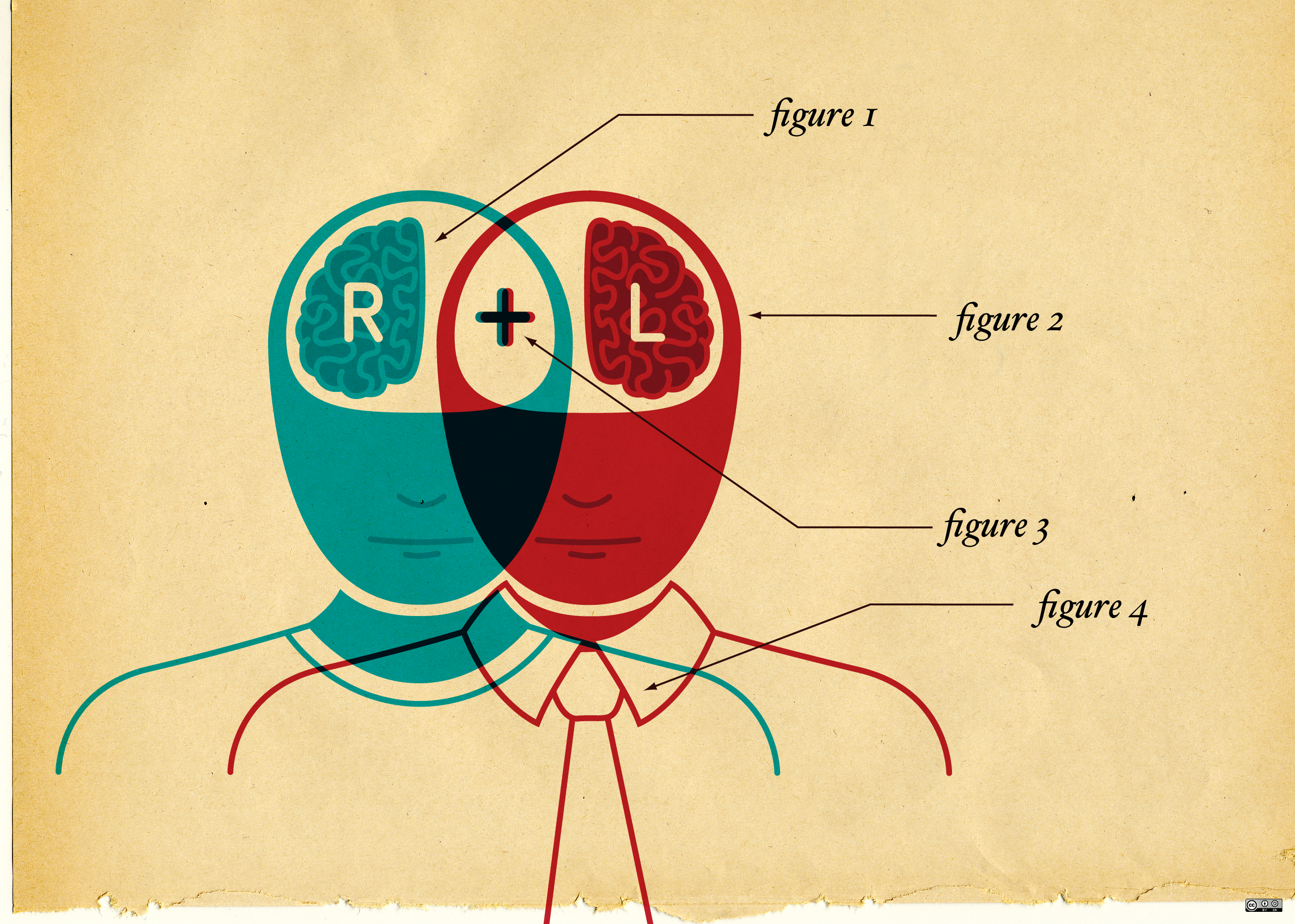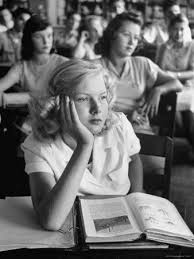Oishii Creative Welcomes Danixa Diaz as Executive Producer
Los Angeles, CA – (April 23, 2015) – Oishii Creative is excited to welcome Danixa Diaz as Executive Producer. She joins the company with two decades of creative, production and design industry experience. In 2012, Diaz founded representation firm “iartists” after spending seven years leading business development at Imaginary Forces. The addition of Diaz represents the next growth phase for Oishii, which has proliferated from a traditional design studio to a multidisciplinary full-service creative solutions studio since it launched in 2002.
“The natural ebb and flow of our industry requires us to constantly adapt,” remarks Ish Obregon, president & chief creative officer, Oishii. “Having known Danixa and her admirable work for many years, I know her blend of energy, vision and direction will compliment Oishii well. She brings invaluable experience and understanding to our team. It’s built on her appreciation of great art and design – and a keen sense of what’s happening in our industry now and what’s on the horizon.”
Likewise, Diaz has long been familiar with Oishii’s award-winning pedigree. She got to know the team better after experiencing their “visually arresting” multi-platform branding package for last summer’s PromaxBDA Conference — an organization for which she served on the board while fostering many professional connections through the years. Pointing to recent branding projects for television networks The Hub and E!, she is eager to parlay Oishii’s talent and capabilities for even more visibility and future success.
“Oishii offers clients a truly collaborative partnership,” adds Diaz. “That comes with not only exceptional creative, but also depth of knowledge and experience in brand strategy. Their long list of repeat clients, like the NFL Network, are a testament to their success in design, but also their ability to merge the disciplines of branding, design and business strategy. As more and more people recognize Oishii as a go-to name for the kind of big-thinking, top-notch creative that elevates brands, my goal is to keep getting that message out.”
From executive producing to business development, Diaz’s deep industry experience spans commercials, broadcast, feature film, gaming and experience design. Her career began in Miami in the mid-90s and took off in Los Angeles when she became Executive Producer at Three Ring Circus. She fondly remembers this period as the birth of today’s mixed-media companies, as they were combining creative solutions from motion graphics to live action – all across new media platforms.
“I simply fell in love with the design and production geniuses who were reshaping our industry back then, many of whom are still leading it today,” says Diaz.
Continuing to align her career with industry pioneers, Diaz went on to lead business development for Imaginary Forces. During her seven-year tenure with the award-winning creative studio, she remembers taking the first call with “Mad Men” Creator Matthew Weiner, who was looking to commission the show’s now legendary, Emmy-honored title design. Diaz would eventually sit on the Emmy Title Design Executive Committee.
Other highlights from Diaz’s diverse and accomplished career include an American Express campaign via Ogilvy, which introduced her to Joan Gratz – one of her biggest influences. The Oscar-winning artist would go on to participate in an all-women creative panel that Diaz organized for the annual PromaxBDA Conference.
In 2012, Diaz spread her wings and launched iartists, which focused on business development for mixed-media clients, including longtime colleague and design luminary Kyle Cooper, (founder of Prologue and co-founder of Imaginary Forces). Following three successful years at the helm of her own company, Diaz found herself eager to return to the stimulation of a collaborative creative environment and fully embed herself within a collective.
“I wanted to go back to my roots and work with a team that had excellent strategy, branding and creative talent, which is what I’ve been invited to be a part of with Oishii,” she concludes. “Between all of our creative goals and mutual perspectives on the industry and its future, Oishii was the obvious partner for my new journey.”
About Oishii Creative:
Oishii Creative is a full-service creative solutions studio. From ideation and strategy to design and production, we distinguish our clients through the relentless pursuit of the next BIG idea. While no ambition is too big or too small, it all boils down to the RIGHT idea for your brand. Our award-winning team is ready to dream with you and create with you.
http://oishiicreative.com
# # #









